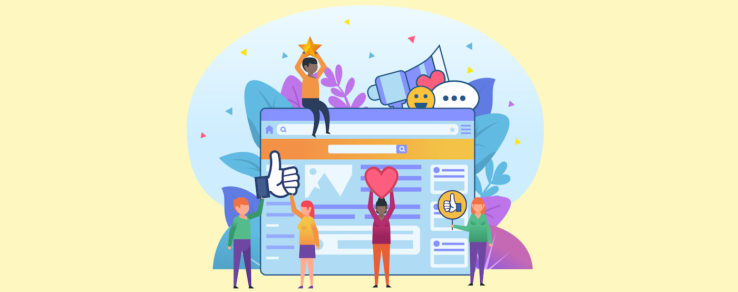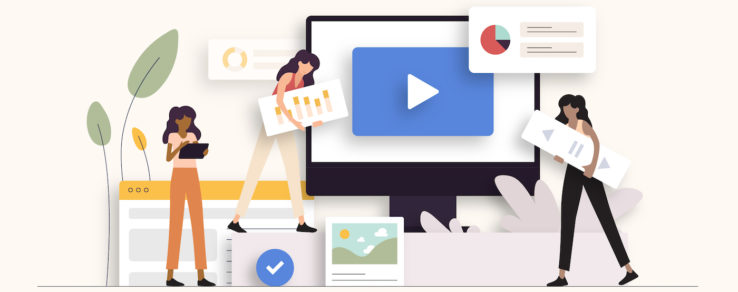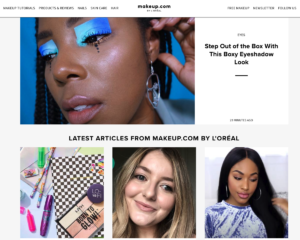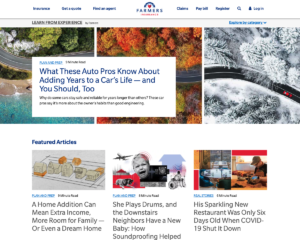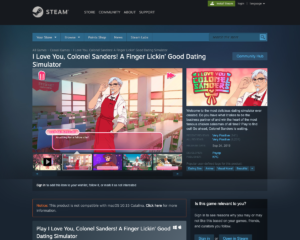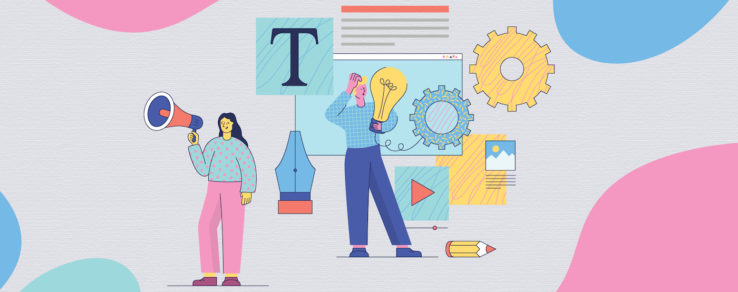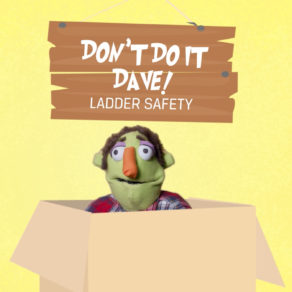Segmentation is a critical tool for energy utilities to effectively reach customers, especially small business customers. SMB customers are often hard to reach for numerous reasons, including lack of time and lack of interest in information they think is not relevant to their needs.
In this webinar, Kurt Hansen, Questline Digital AVP of products and partnerships, discusses how to use segmentation and content marketing to not only reach business customers, but create long-lasting relationships with them as well.
Business is booming with content marketing
Content marketing is all about finding the overlap between customers’ needs and your energy utility’s goals. Your strategy should focus on sharing valuable and relevant content with customers. This requires much more than an individual promotion or email — rather, it’s a way to create trust through ongoing and targeted communications.
The first step in creating content that benefits your energy utility’s business customers is research. According to Hansen, when it comes to effective content, “It’s not just about does it look good? Does it sound good? Does it tell the story? It’s also about is that story the right level of technical depth?” Different customers require different levels of technical expertise. C&I customers, for example, are going to be at a much higher technical level than residential customers.
How do you segment small business customers?
Segmentation can be a challenge, especially if your energy utility doesn’t have sufficient data to categorize customers. For example, it’s often difficult to identify the best industry segment for small business customers.
To start the segmentation process, you should see what data you currently have and what data your systems team might be able to get. Your existing information can then be supplemented with self-segmentation.
With a self-segmentation tool, business customers can visit individual pages your energy utility has created for them with targeted industry content. We encourage energy utilities to personalize these pages, with content and program information, to drive participation with your local services.
“The idea is you’re giving that industry a designated page to turn toward for updated content specifically for them and information that drives them back to your energy utility’s website to convert them to other programs,” Hansen says. Your energy utility would then have that customer’s account captured into their specific industry and interests. This creates an opportunity to start a dialog with these customers.
Self-segmentation strategy for small business
A segmentation strategy and a content marketing strategy should join forces for maximum impact. These strategies should act as the backbone of your energy utility’s digital communications strategy with customers.
“It isn’t just an individual email or promotion,” Hansen says, “it is building an overall strategy of how you want to engage with customers on a consistent, systematic and strategic level and having the content and strategy behind it to do it.”
When it comes to segmentation for small business, let your customers help do it for you. Self-segmentation is a great option when your energy utility doesn’t have the information to accurately identify which industries your SMB customers are in. Combining content marketing and segmentation, your energy utility will move in the right direction to create long-lasting customer relationships.

